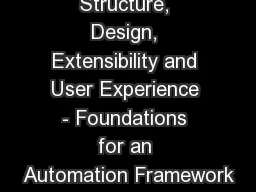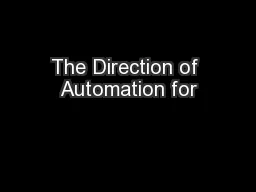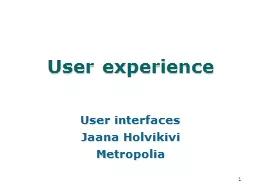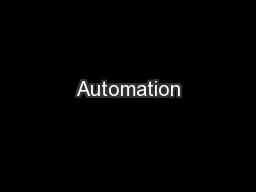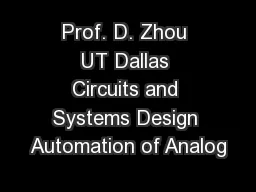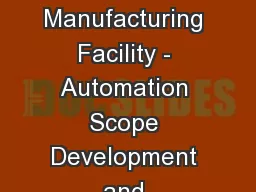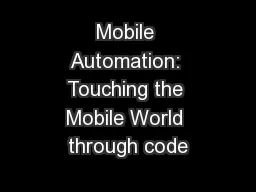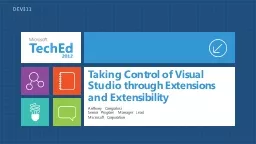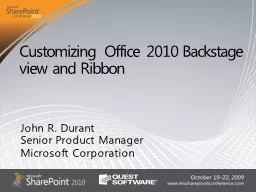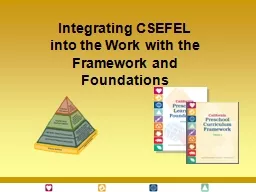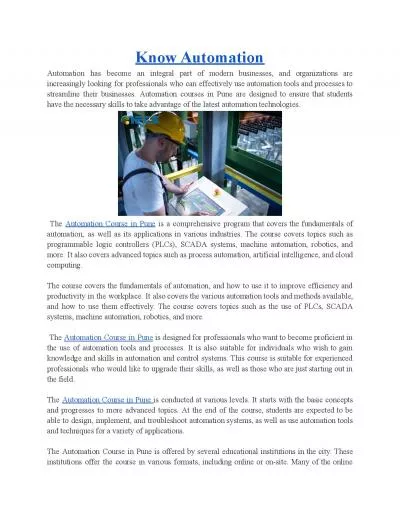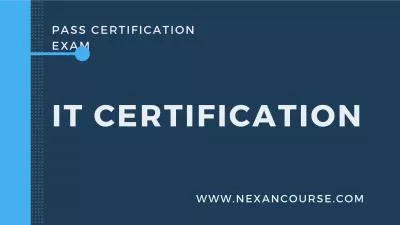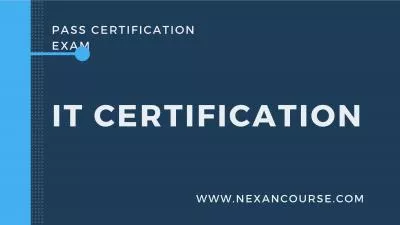PPT-Structure, Design, Extensibility and User Experience - Foundations for an Automation Framework
Author : luanne-stotts | Published Date : 2019-01-25
ABHISHEK SHARMA ARVIND SRINIVASA BABU HEMANT PRASAD 08OCT2018 SOFTWARE QUALITY CONFERENCE PACIFIC NW PNSQC Agenda The Challenges of Automating LEGACY code Foundation
Presentation Embed Code
Download Presentation
Download Presentation The PPT/PDF document "Structure, Design, Extensibility and Use..." is the property of its rightful owner. Permission is granted to download and print the materials on this website for personal, non-commercial use only, and to display it on your personal computer provided you do not modify the materials and that you retain all copyright notices contained in the materials. By downloading content from our website, you accept the terms of this agreement.
Structure, Design, Extensibility and User Experience - Foundations for an Automation Framework: Transcript
Download Rules Of Document
"Structure, Design, Extensibility and User Experience - Foundations for an Automation Framework"The content belongs to its owner. You may download and print it for personal use, without modification, and keep all copyright notices. By downloading, you agree to these terms.
Related Documents

